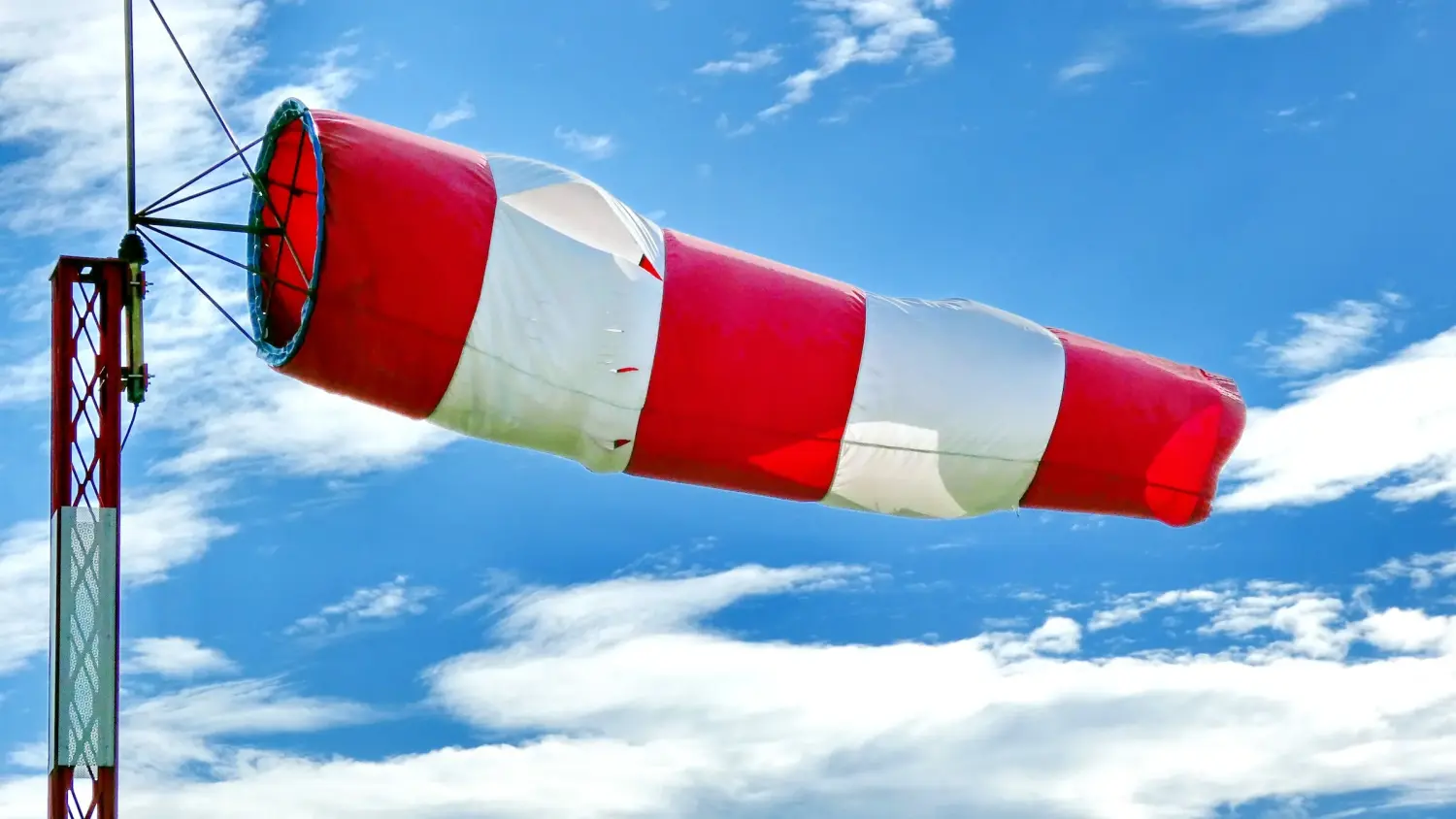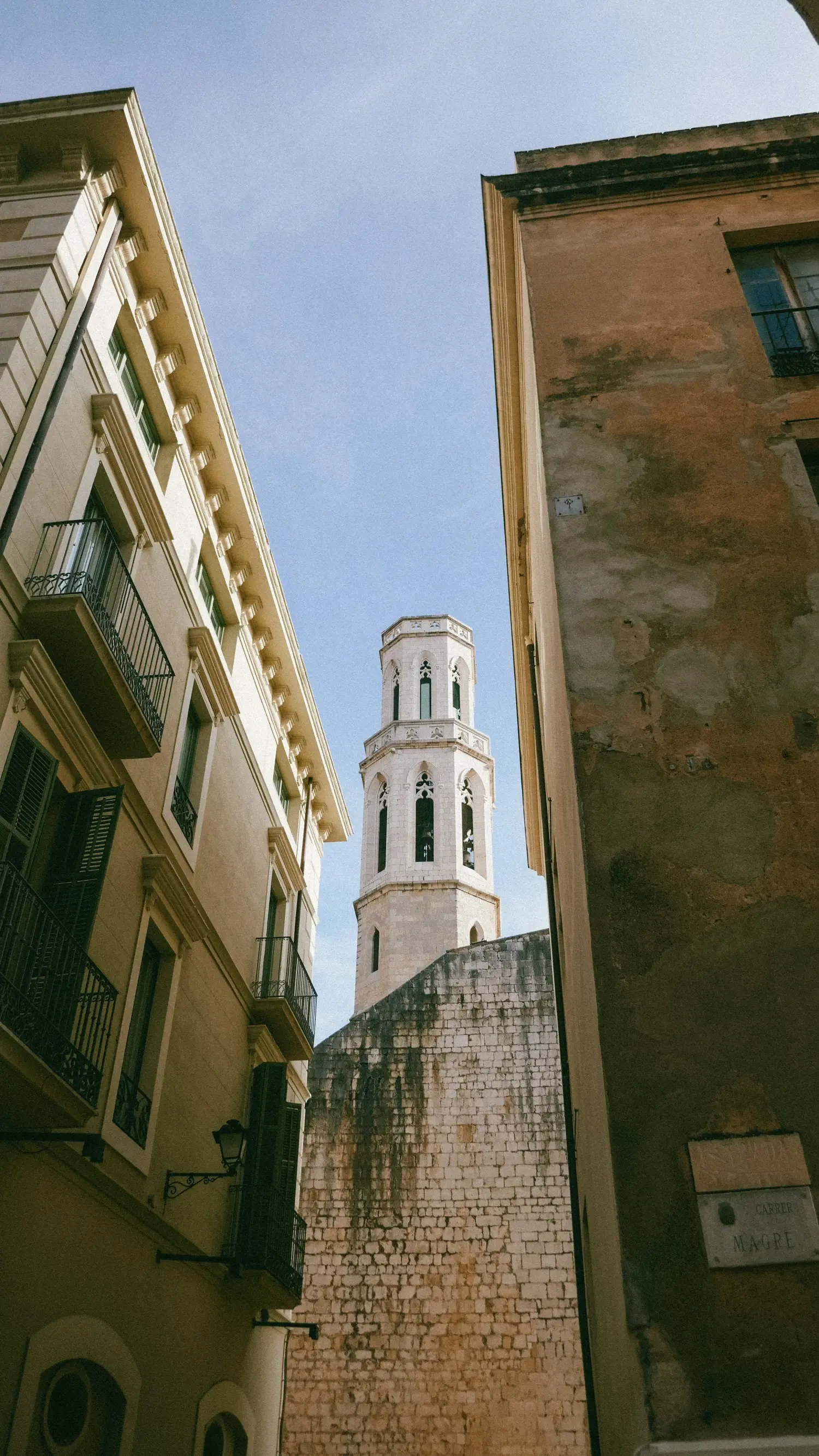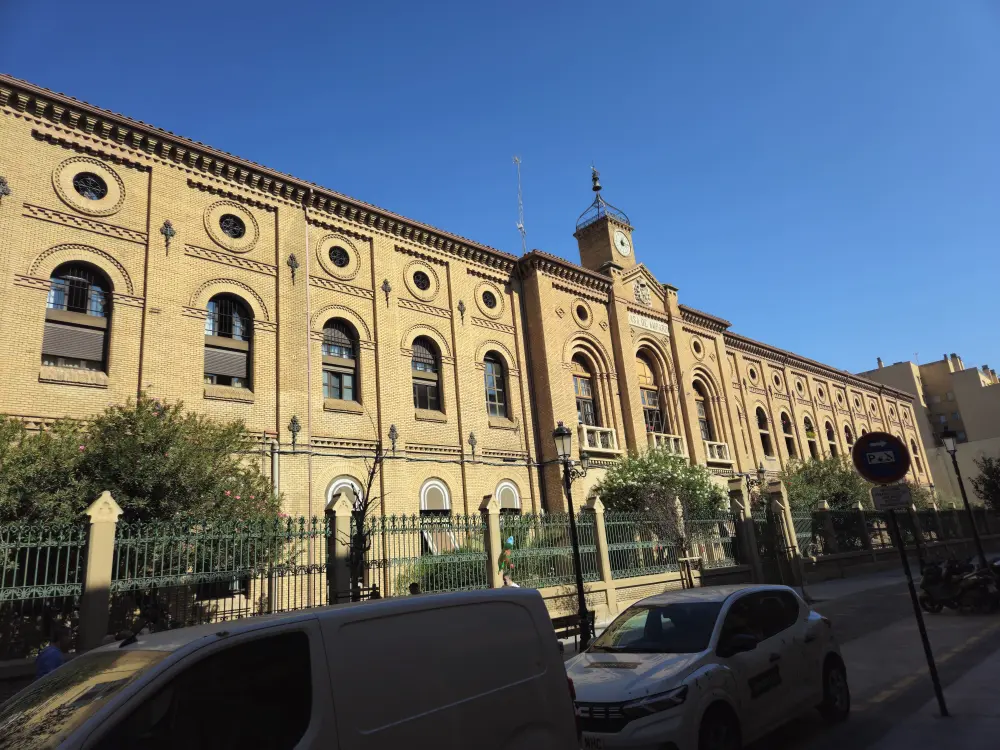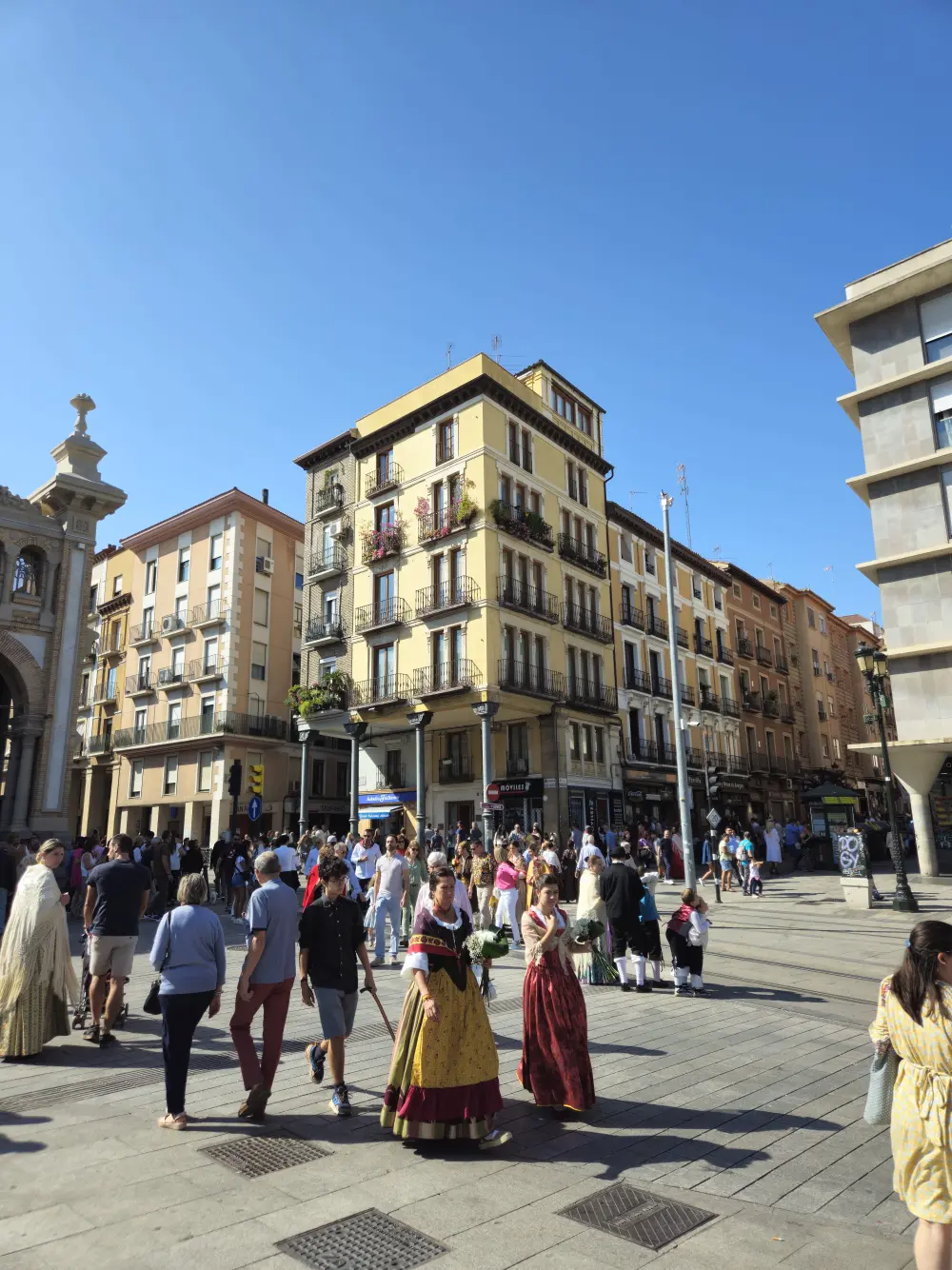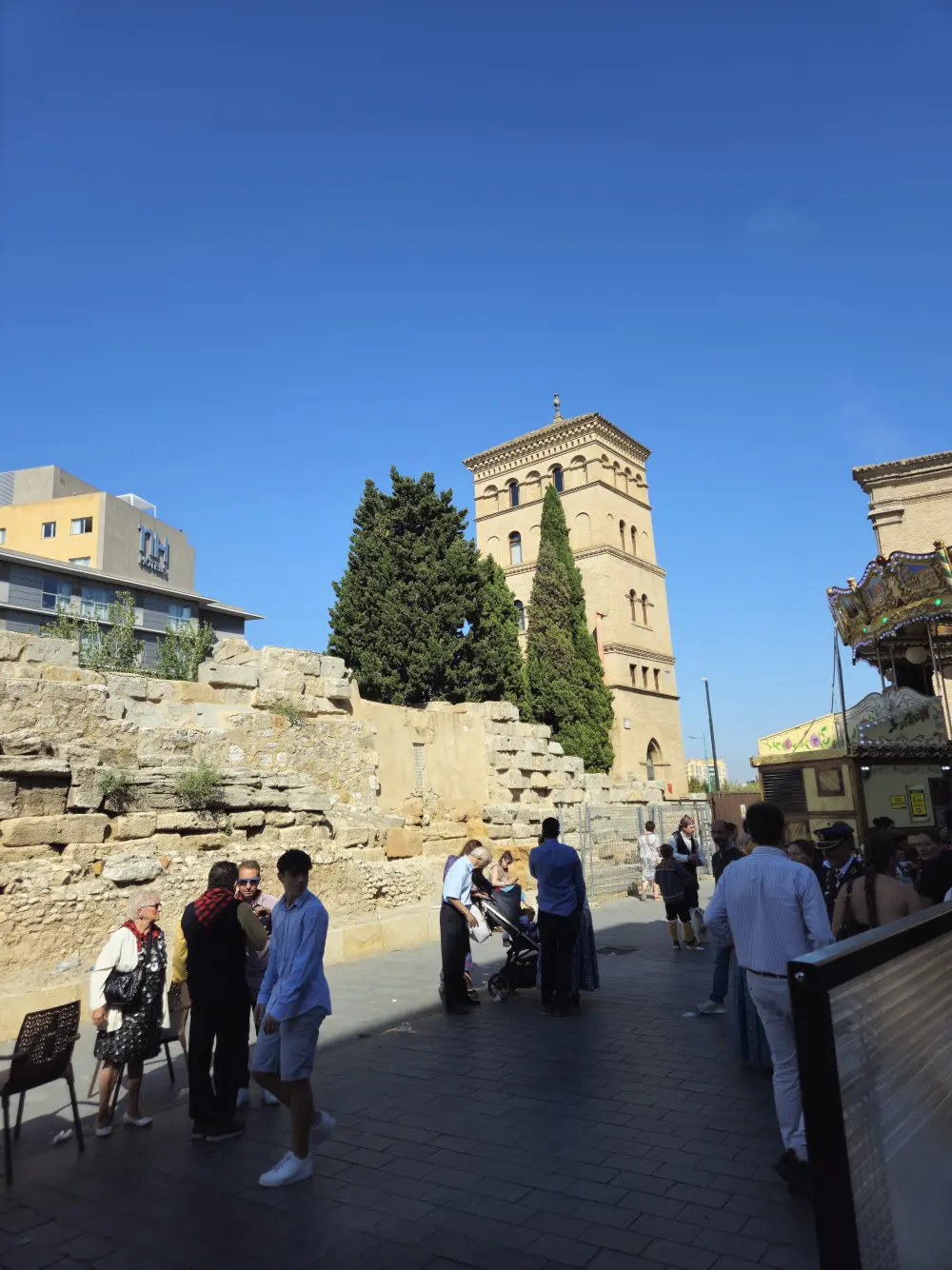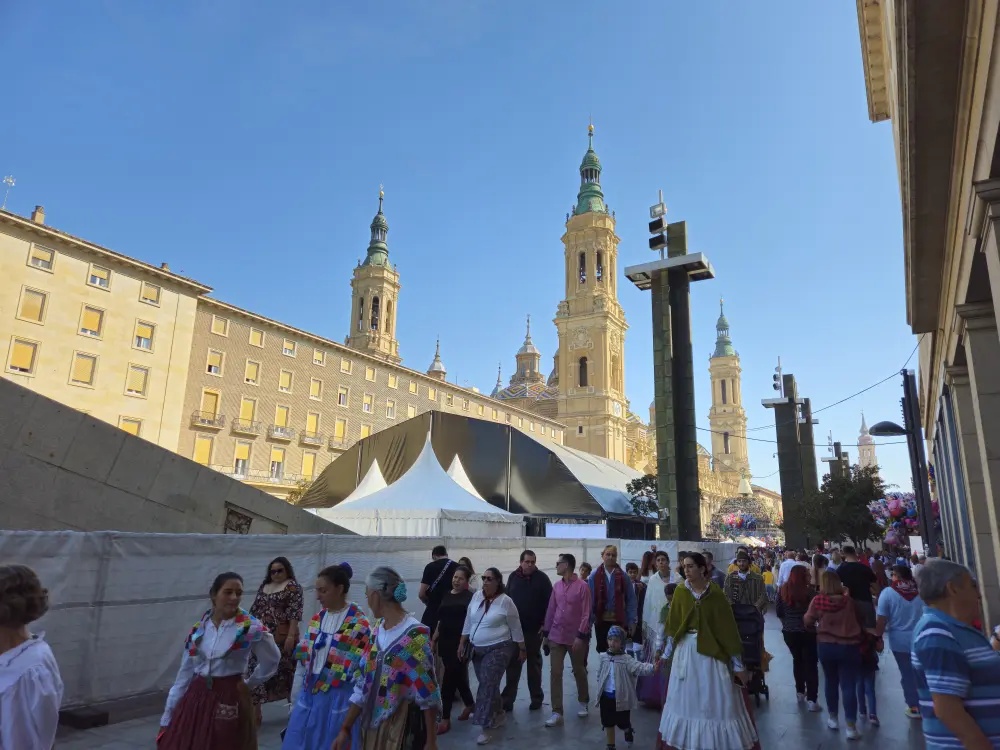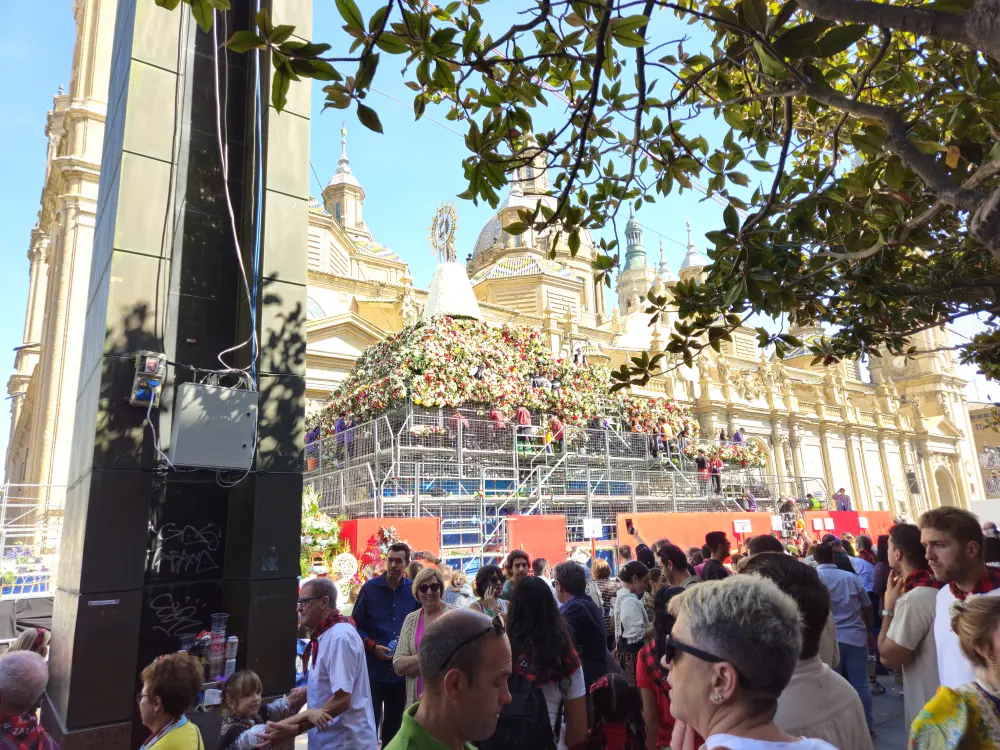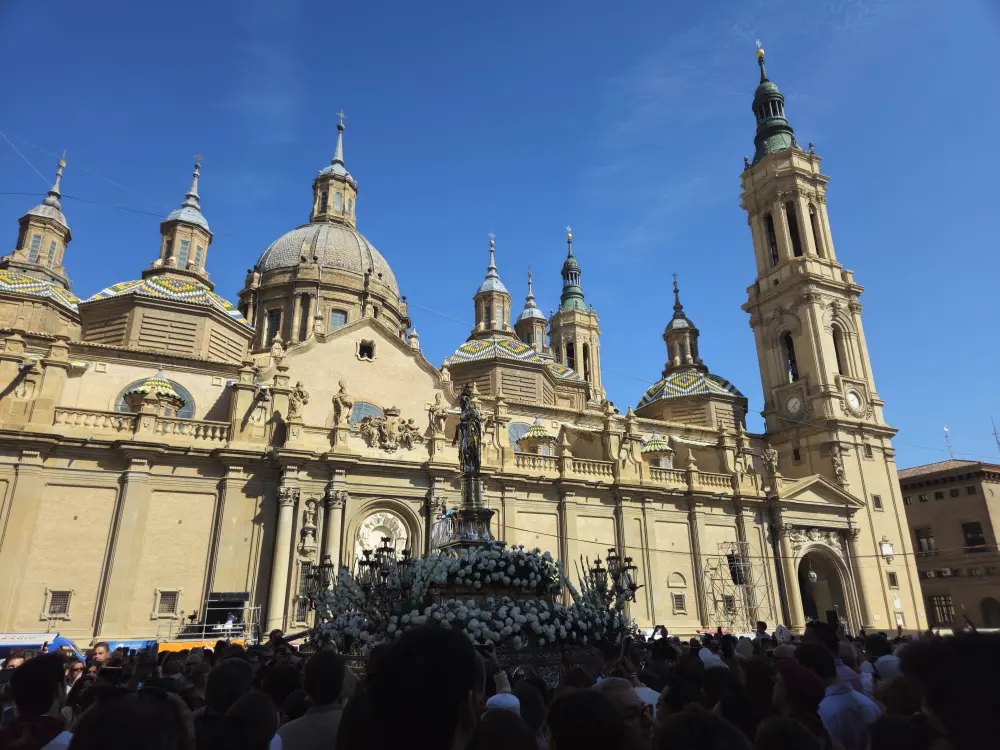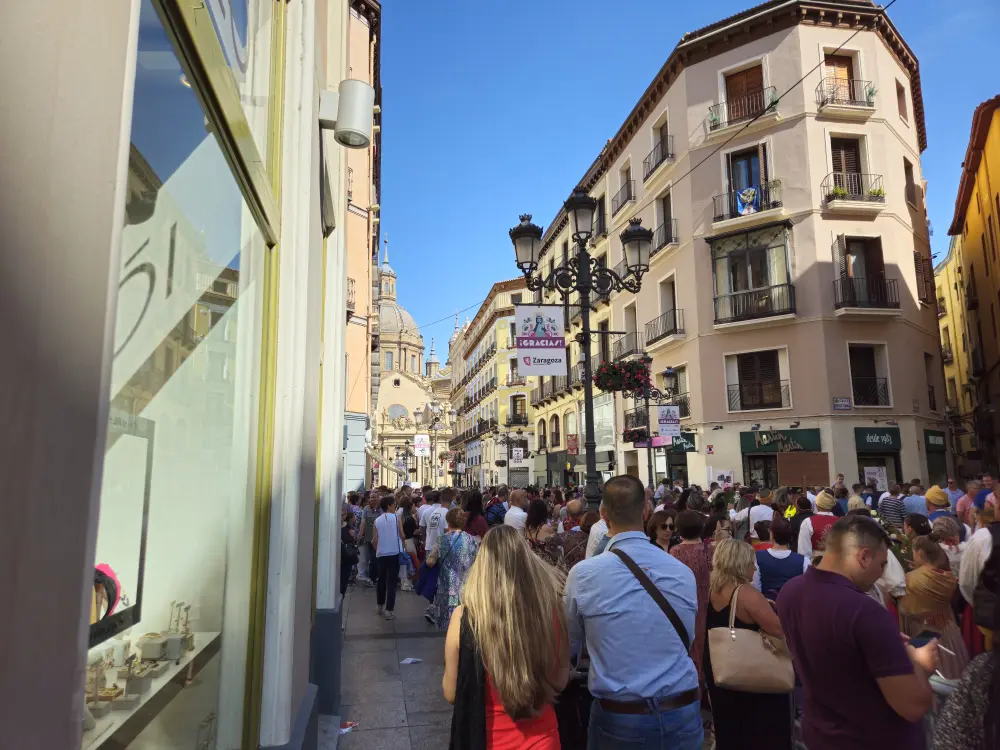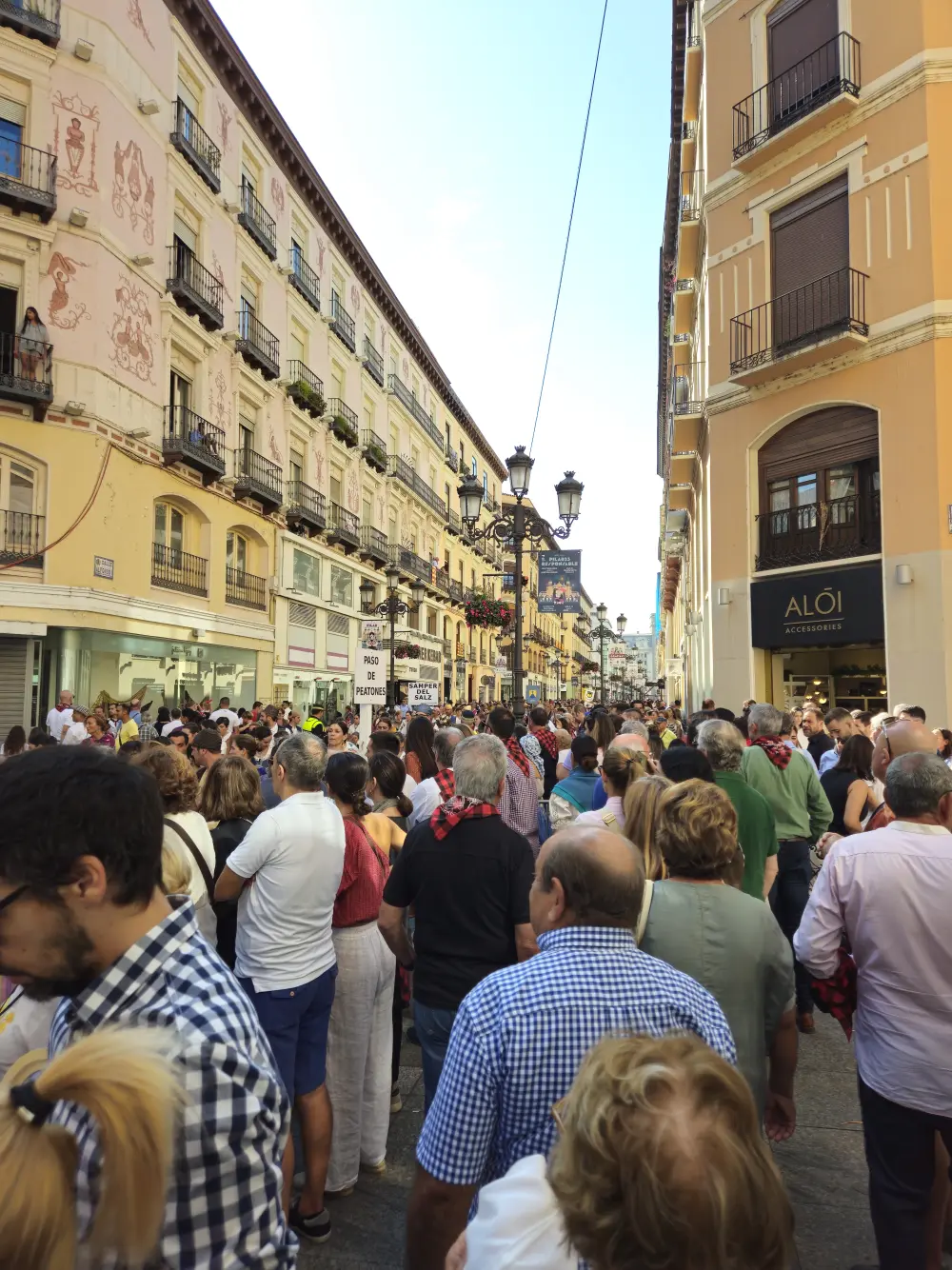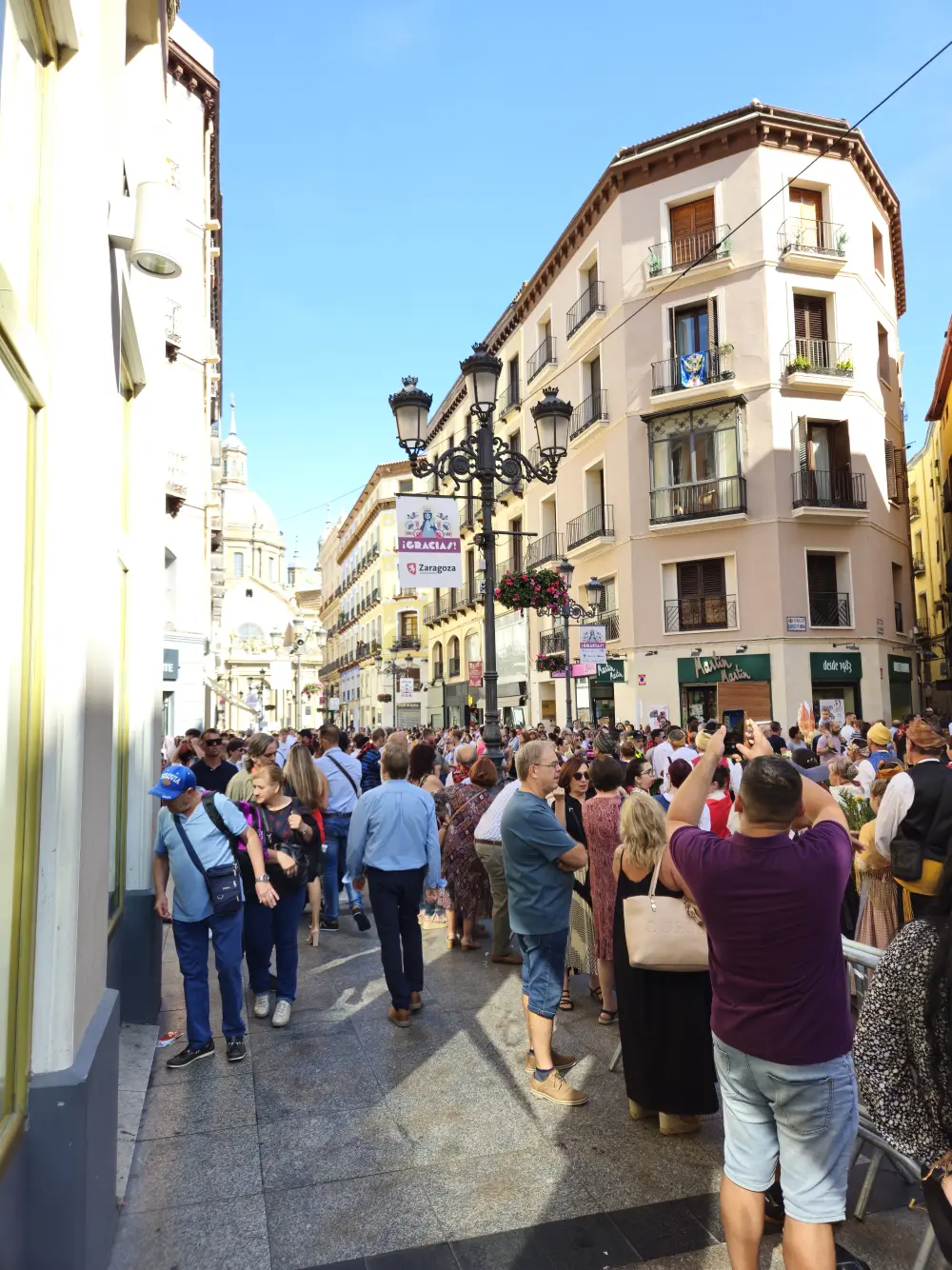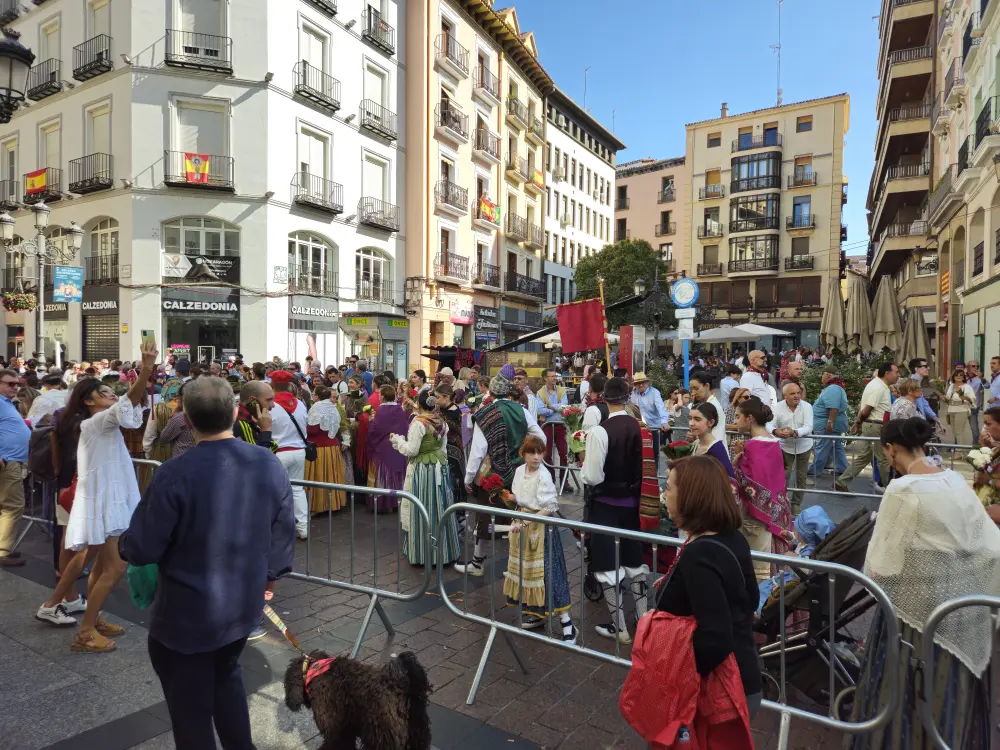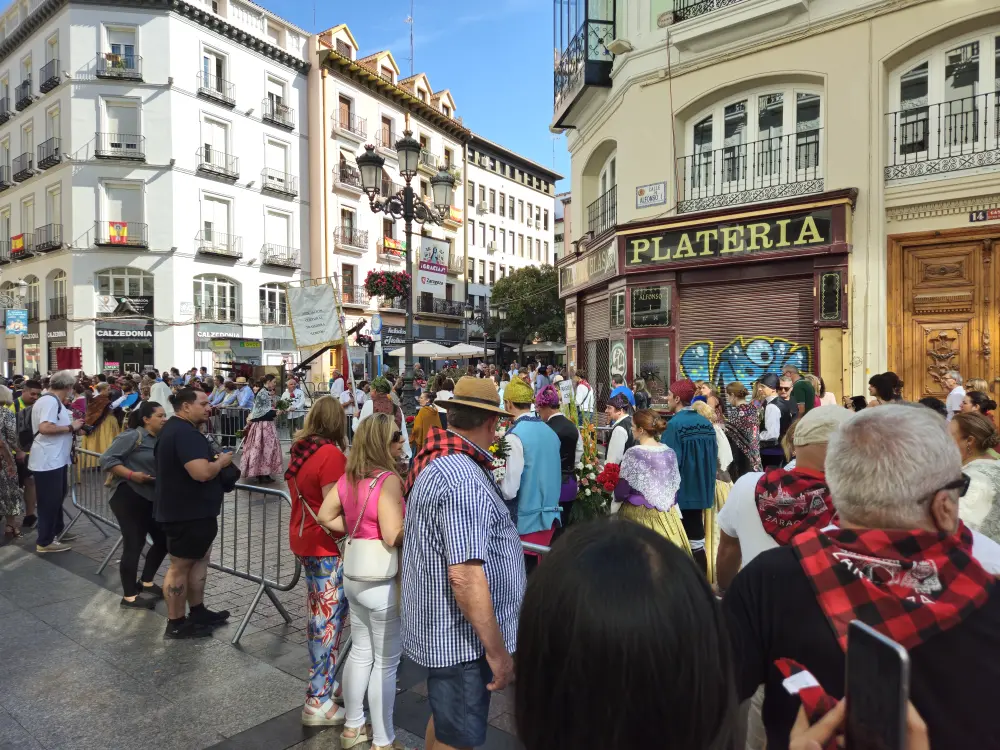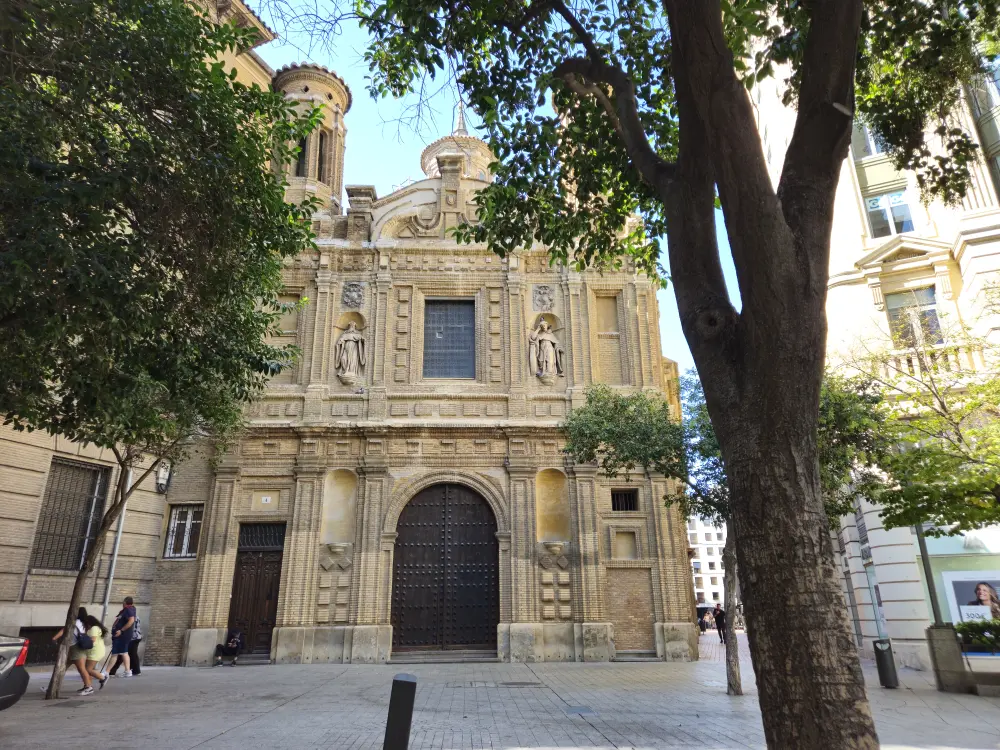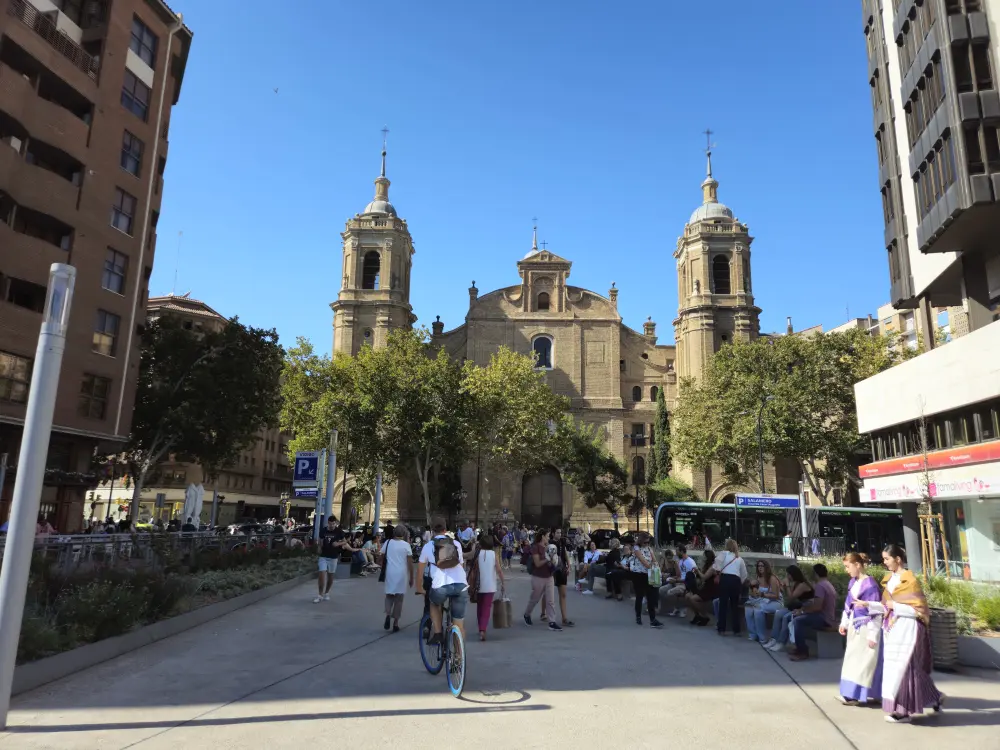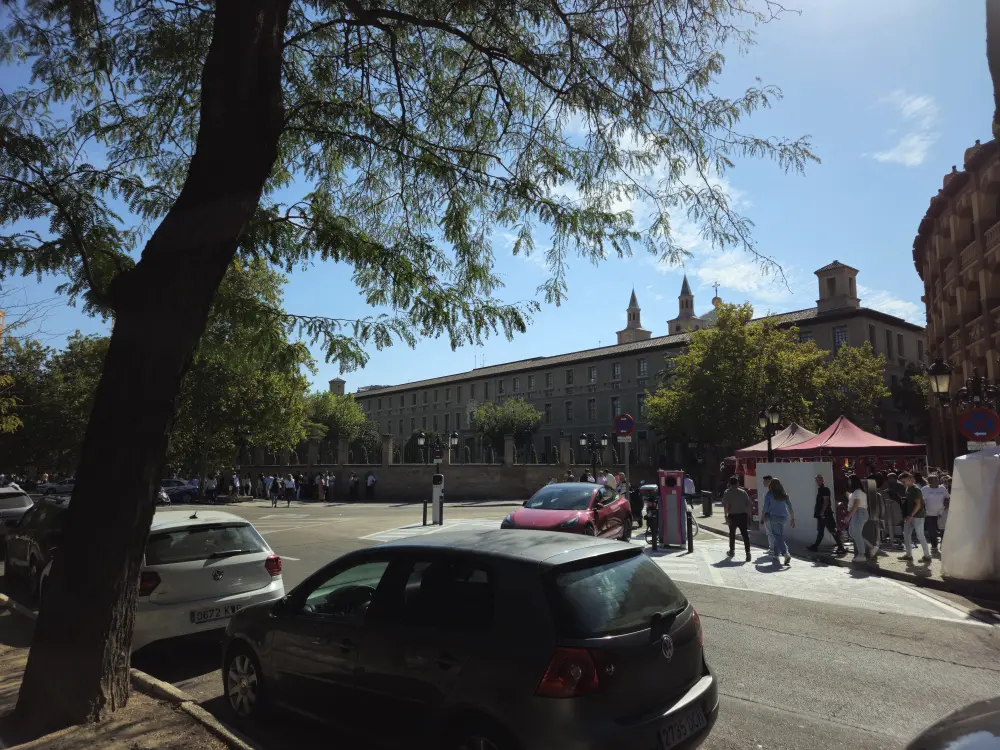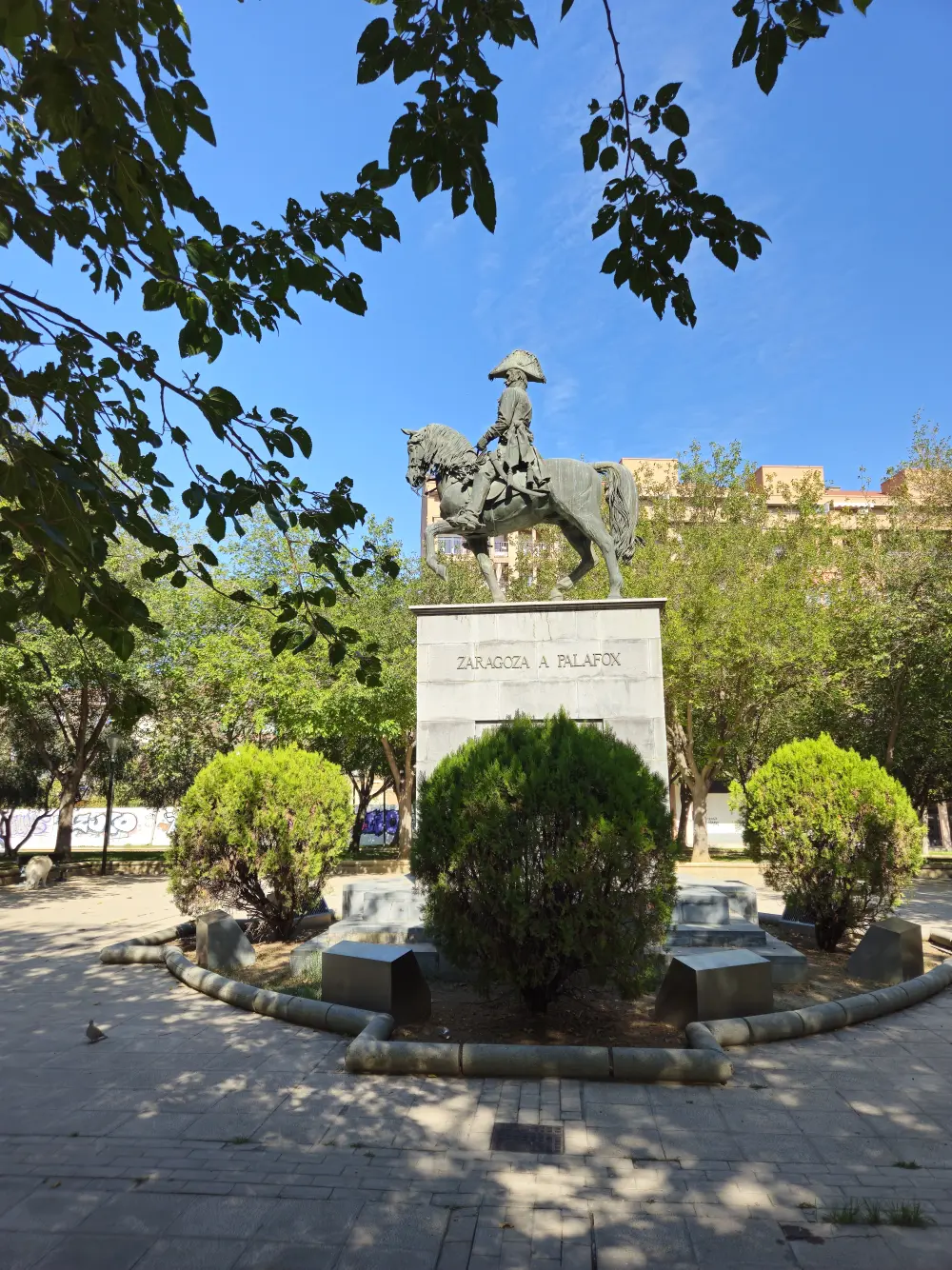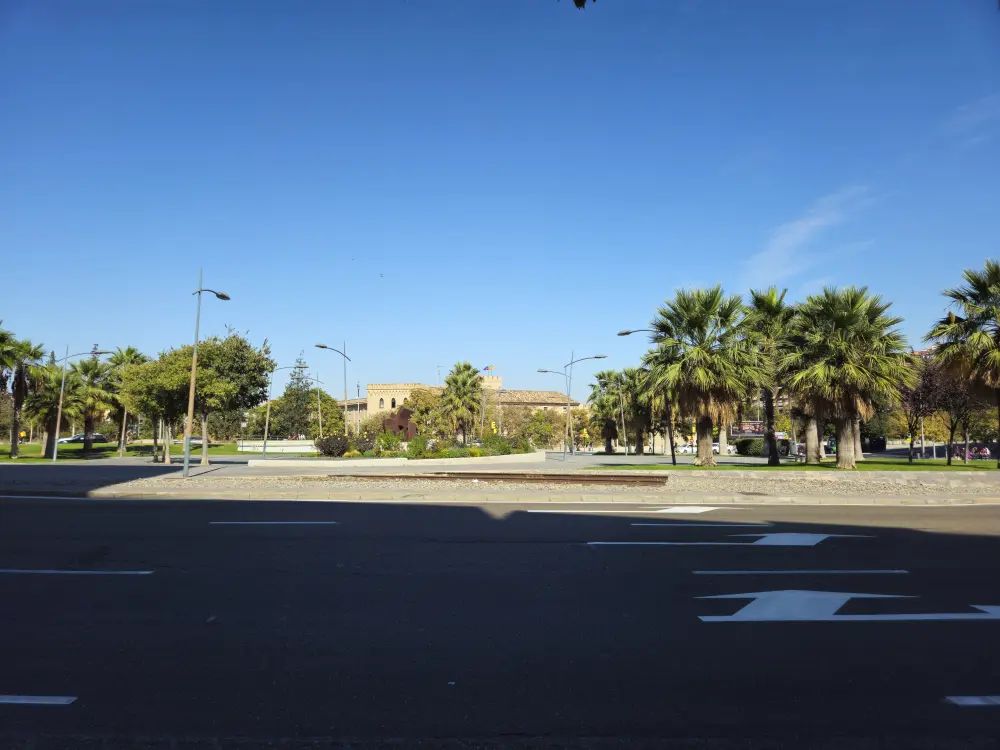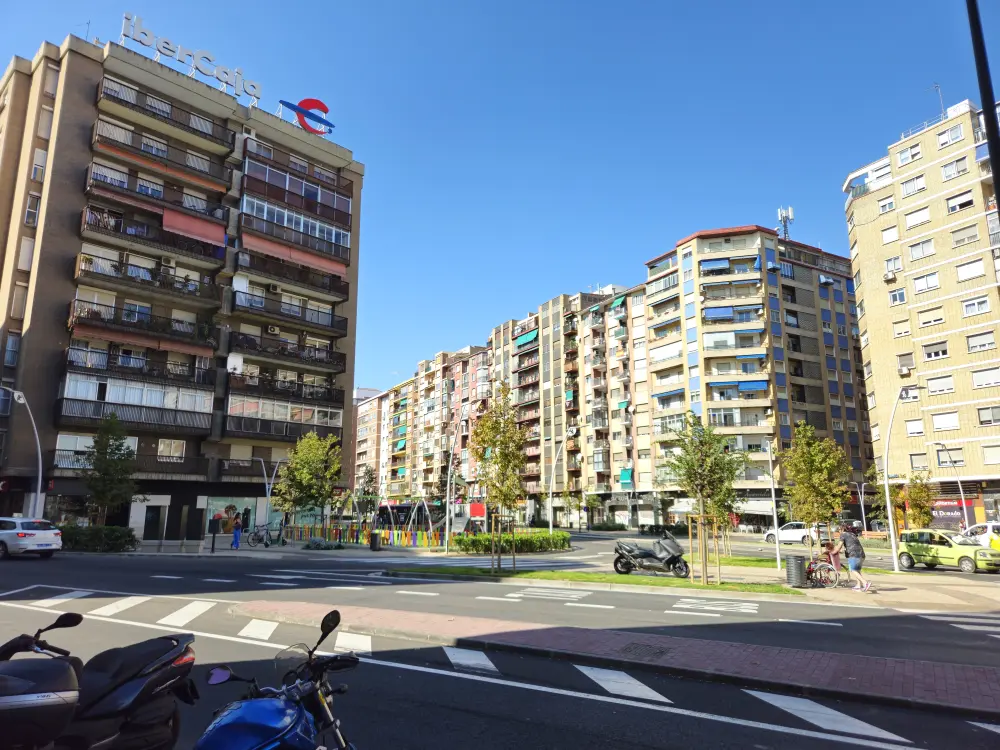Two Days of Highways, Festivals, and Surprises: Avignon to Zaragoza
I embarked on a two-day journey that primarily traversed highways, driven by my need to cover significant ground within a limited timeframe. The adventure began in Avignon and led me to the vibrant city of Zaragoza, with a series of interesting stops along the way.
Day 1: Avignon to Figueres
On the first day, I kicked off my journey in Avignon, heading south towards the Spanish border. My route took me through several remarkable cities, including Nîmes, Montpellier, Narbonne, and Perpignan. As I ventured further south, I had to contend with burst after burst of crosswinds, each exceeding 50 km/h, which turned my carefully packed luggage into a sail, and not in a good way. The battle against the relentless wind, both mentally and physically, left me exhausted. The highway eventually guided me into Spain, where I arrived in Figueres. Unfortunately, due to my tight schedule and the wear and tear from the fierce winds, I couldn’t explore Figueres as extensively as I’d hoped.
Navigating Wind Warnings on the Highway
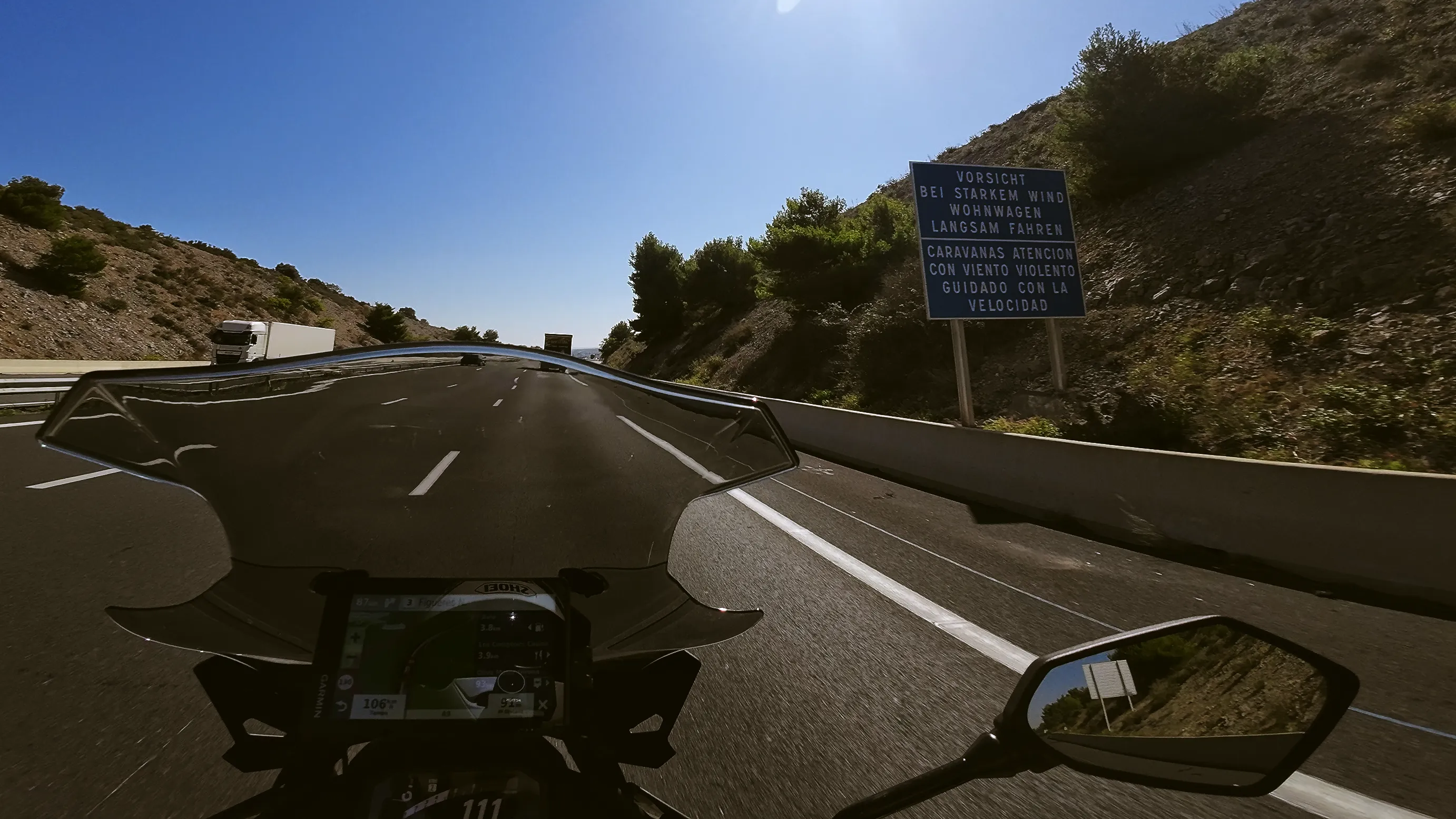
As I cruised down the highway, I couldn’t help but notice those prominent warning signs, each displaying a clear message in multiple languages. They were directed at drivers of large, relatively lightweight vehicles like caravans, or, in my case, my motorcycle equipped with its generous “sails”. It soon became apparent that adhering to these warnings was a wise choice, especially when confronted by the relentless crosswinds that challenged my journey. This experience brought to mind some fascinating insights about wind socks.
For the longest time, I never grasped the real purpose behind those ubiquitous wind socks we often spot near bridges, airports, and areas where wind conditions carry weighty significance. What I discovered was eye-opening: the colors and stripes on these inflated cones aren’t merely decorative. They serve as messengers of crucial wind speed information. You see, each inflated stripe on a wind sock represents 3 knots of wind speed. So, when you encounter a wind sock adorned with a full array of five red rings, it’s not just a colorful display—it’s communicating a serious wind speed of 27 knots, equivalent to roughly 50 km/h.
Figueres
Nestled in the northeastern corner of Spain, Figueres is celebrated for its captivating blend of culture and history. At the heart of this charming town lies the world-renowned Salvador Dalí Theatre-Museum, a surrealistic masterpiece designed by the iconic artist himself. This museum, regarded as one of the largest surrealistic creations globally, houses an extensive collection of Dalí’s artworks, providing an immersive experience into the eccentric and imaginative world of the artist.
 Salvador Dalí Theatre-Museum (Credit: MRuedaC, CC BY-SA 4.0, via Wikimedia Commons)
Salvador Dalí Theatre-Museum (Credit: MRuedaC, CC BY-SA 4.0, via Wikimedia Commons)
The town’s historical core is meticulously preserved, adorned with centuries-old buildings that bear witness to Figueres’ rich legacy. Among them stands the impressive Sant Ferran Castle, a formidable military fortress with a storied history, notably during the Napoleonic Wars.
Although Figueres is modest in size, it has achieved worldwide recognition in the realm of art and holds a special place within Catalonia. The town’s Catalan spirit permeates its traditions, culinary delights, and the warm hospitality of its inhabitants. Figueres emerges as a destination where art and history harmoniously coexist, beckoning travelers to explore its cultural treasures.
Day 2: Figueres to Zaragoza
The second leg of my journey commenced in Figueres, and I continued on my highway adventure. As I rode through the scenic landscapes, the surroundings underwent a noticeable and captivating transformation. I passed through picturesque locations like Girona, where the rolling hills began to dominate the terrain, replacing the coastal views of earlier in the day. Glimpsing Lloret de Mar on my left, I could sense the coastal charm that made the town a popular destination for travelers. Skirting the outskirts of bustling Barcelona, the landscape became more urban, but as I ventured past Lleida, I noticed that the surroundings evolved into a mix of open plains and distant mountains, signaling the approach to my day’s destination: Zaragoza.
I decided to extend my stay for an additional day, knowing that the following day was the “Fiesta Nacional de España”, Spain’s National Day. This additional day allowed me to fully absorb the changes in landscape, from the rolling hills of Catalonia to the broad plains of Aragon, and to prepare for the grand celebration ahead.
The Fiesta Nacional de España: A National Celebration
As I decided to take a momentary pause in Zaragoza, it allowed me to partake in the grand celebration of the “Fiesta Nacional de España.” This significant national holiday is marked by parades, military displays, and a sense of patriotic fervor. It felt like a momentous event, and I didn’t want to be caught in a place where everything might be closed for the day. This was also the perfect opportunity to explore Zaragoza further, a city rich in history and culture.
Fiestas del Pilar: A Double Celebration
After a restful night’s sleep, I called a taxi and headed to Old Town Zaragoza, excited to explore its famous landmarks. However, I had overlooked one crucial detail — the date. October 12th was not just the National Day but also the “Fiestas del Pilar”, a local festival celebrated with exuberance. As the cab driver dropped me off at the outskirts of the city center (the bustling streets were beyond reach), I quickly realized I was in for a truly unique experience.
The city was teeming with Zaragozans, many donning traditional attire. My initial tourist agenda was swiftly abandoned, but I found myself entirely immersed in the festivities. The streets were brimming with energy and cultural pride, offering a remarkable spectacle of music, dance, and tradition.
Following the procession, I was emotionally and physically spent but entirely captivated by the unexpected spectacle that had unfolded before me. Instead of taking a cab back to my hotel, I opted to walk, allowing me time to decompress and reflect on the incredible day I had just experienced.
My journey from Avignon to Zaragoza had been filled with surprises, unplanned detours, and a deeper appreciation for the rich tapestry of traditions and celebrations that make Spain and its cities so captivating.
Impressions
